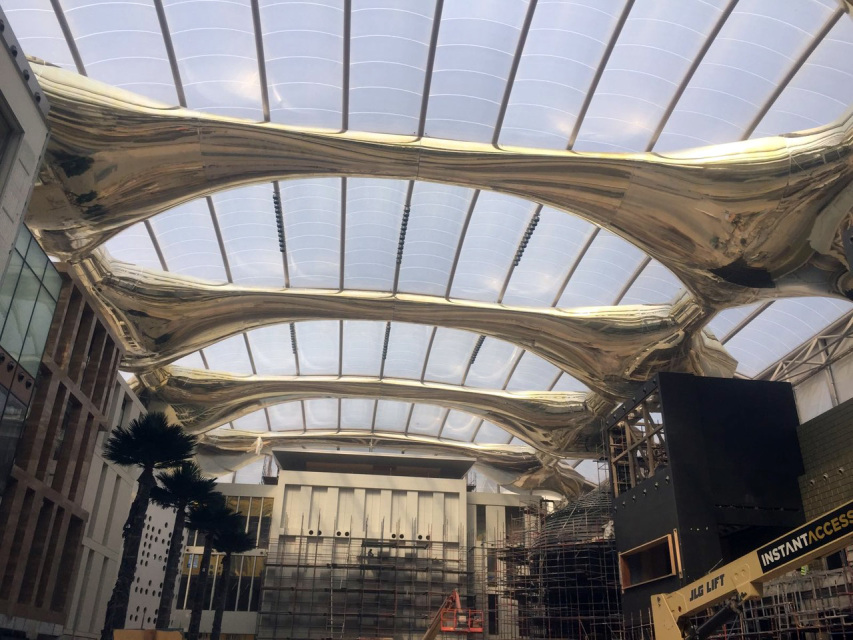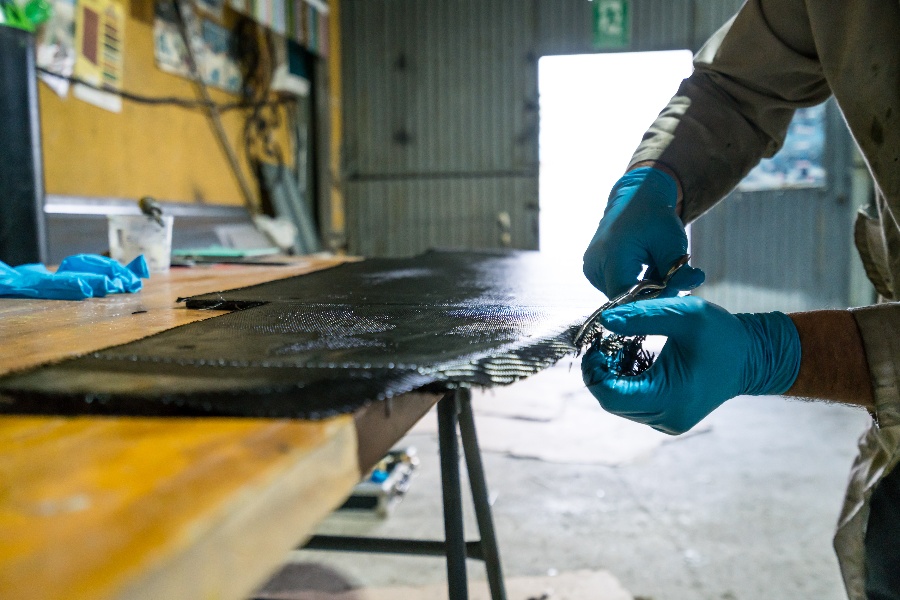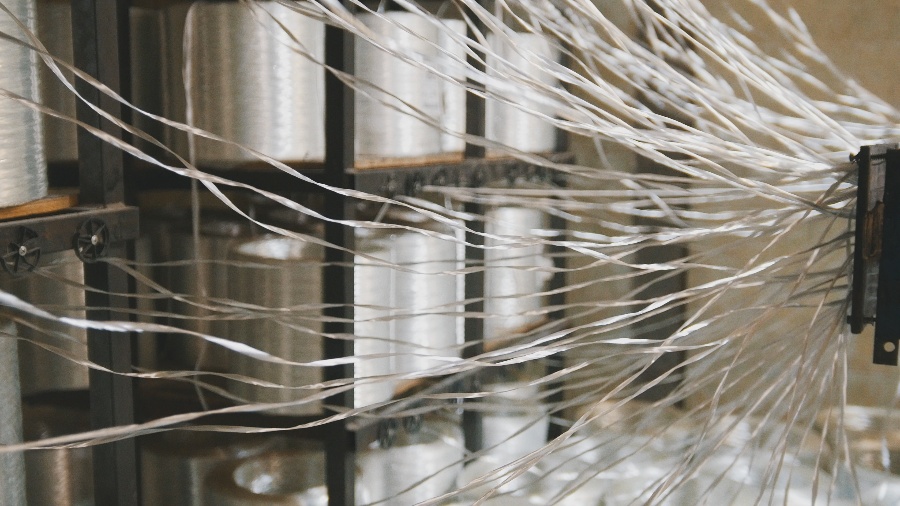
Battens are a fundamental component of sailboat sails, playing a pivotal role in shaping the sail and enhancing its performance. They are long, slender elements typically crafted from materials such as fiberglass, vinyl, or carbon fiber. By supporting the roach of a sail, battens contribute to the sail's aerodynamic properties, thereby influencing its efficiency and maneuverability.
The design and placement of battens are crucial considerations in sail engineering, impacting the sail's profile, stability, and overall functionality.
Understanding the various types of battens and their implications in sail design is essential for engineers seeking to optimize the performance and characteristics of sailboat sails.
Types of Battens
Batten designs can be categorized based on certain distinctive characteristics:
Full-Length Battens
This refers to battens that span the entire roach length from the mast to the clew of the sail. Full-length battens provide continuous support, which best maintains an aerodynamic curved edge. They also concentrate more weight higher up, compromising stability.
Short Battens
On some smaller boat sails, shorter segmented battens may be employed rather than a single full-length unit. Multiple short battens can have better furling behavior. The segmented approach also allows for easier batten replacement if damaged. However, gaps between short battens can degrade sail shape control.
Tapered Battens
Battens may also feature tapered profiles, being wider at the mast end and narrowing gradually towards the clew end of the sail. This compensates for lower wind forces farther from the mast. Tapering saves weight and also improves wrap-ability when furling. Achieving even stiffness distribution along a tapered batten adds complexity.
Designers choose among full-length, short or tapered options depending on the specific engineering requirements posed by the size of the sail, expected wind speeds, and desired performance tradeoffs.
Impact of Battens on Sailboat Performance
While seemingly minor components, well-designed battens play an integral role in enabling peak sailing efficiency and controllability.
Sail Shape Control
Properly stiff battens preserve the intended airfoil curvature engineered into the sail fabric. Deformation from wind forces degrades lift generation, resulting in slower speeds. Refined batten spacing, stiffness and alignment are crucial.
Enhanced Speed & Handling
By holding sail shape and foil quality even in heavy winds, new high-aspect-ratio designs with proprietary battens can significantly improve speed potential. Less luffing also provides crisper handling.
Engineering Design Factors
Several key engineering considerations come into play when designing battens for a specific sail plan. The core goals are maintaining the optimum sail shape under pressure and minimizing negative impacts on sail handling.
Matching Batten Stiffness
The stiffness of the battens must be tuned to the expected wind loading conditions and the desired sail shape. Aerodynamic profiles require stiff battens to resist high lift forces without buckling deformation. However, over-stiff battens will create resistance when furling the sail. Engineers can conduct structural analysis to find the goldilocks zone of stiffness.
Batten Spacing
The spacing between battens also governs how well the sail shape is supported. Denser batten spacing helps achieve a smoother curve at the sail edge. But more battens drive added weight higher up the mast, impacting stability. Spacing is dictated by physical testing in wind tunnels and open water.
Weight Targets
Excess batten weight negatively impacts the sailing balance of the boat, especially for masthead rigs. Careful material selection and structural optimization aim to minimize weight while delivering the requisite stiffness. Material choices also balance cost, manufacturability and resilience to corrosion in the marine environment.
By running detailed simulations and physical validations, batten designs can strike the right compromise between shape-holding ability, durable lifespans, and lightweight performance.
Potential of FRP Battens
Fiberglass-reinforced plastic (FRP) composites present excellent characteristics as a batten material for modern sailcraft. Combining lightweight fiberglass fibers with durable plastic resins, FRP has a number of traits that are ideal for battens.
Reduced Weight
Thin laminates of woven fiberglass encasing foam or wood cores produce battens lighter than traditional solid wood or metal designs. This significantly cuts down on aloft weight, improving sailing balance and control.
Tunable Stiffness
The choice of fiber orientation, number of layers and resin system allows "dialing in" the desired degree of stiffness, bend resistance and torsional rigidity–optimizable to the size of the sail. FRP material properties can be computer-modeled to guide configuration.
Improved Strength
Pound for pound, the reinforced fiberglass grants vastly improved strength against sail forces compared to unreinforced wood that is prone to cracking. Properly engineered FRP resists both static and dynamic loads.
Enhanced Durability
Water absorption leading to rotting can wreck wooden battens, whereas sealed fiberglass skins provide moisture, corrosion and UV protection for extended service lives with less degradation.
With advantages over traditional build approaches across critical areas like weight, tune-able stiffness and resilient strength, purpose-built FRP promises to dominate future batten implementations as sail technology advances.
The role of battens in sailboat design is integral to the performance and functionality of sailboat sails. By providing structural support and influencing the aerodynamic properties of the sail, battens significantly impact the overall efficiency and maneuverability of the vessel. As technology and materials continue to advance, the innovation and evolution of battens are poised to further enhance sailboat capabilities.















